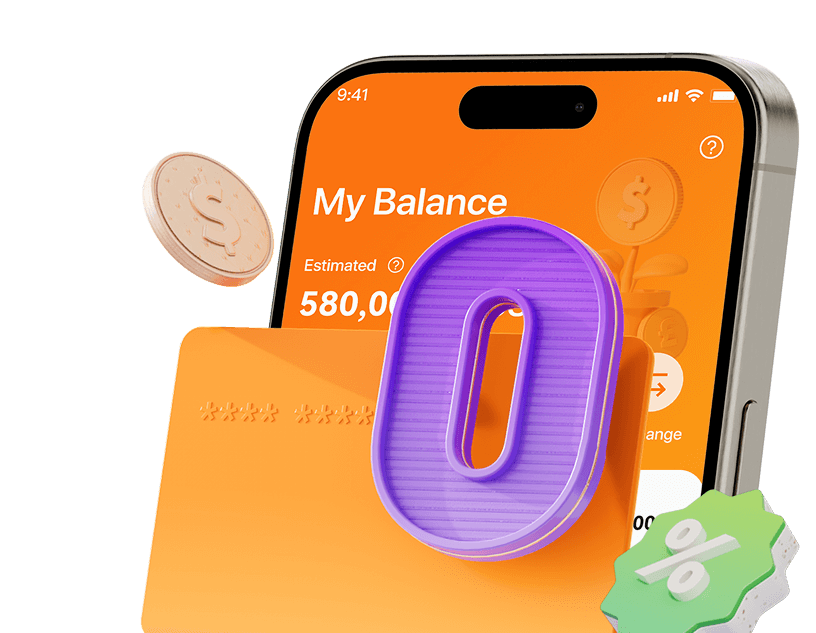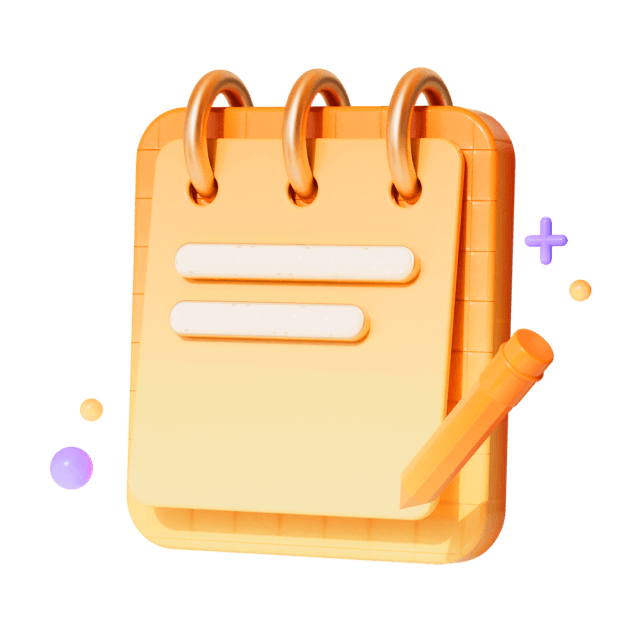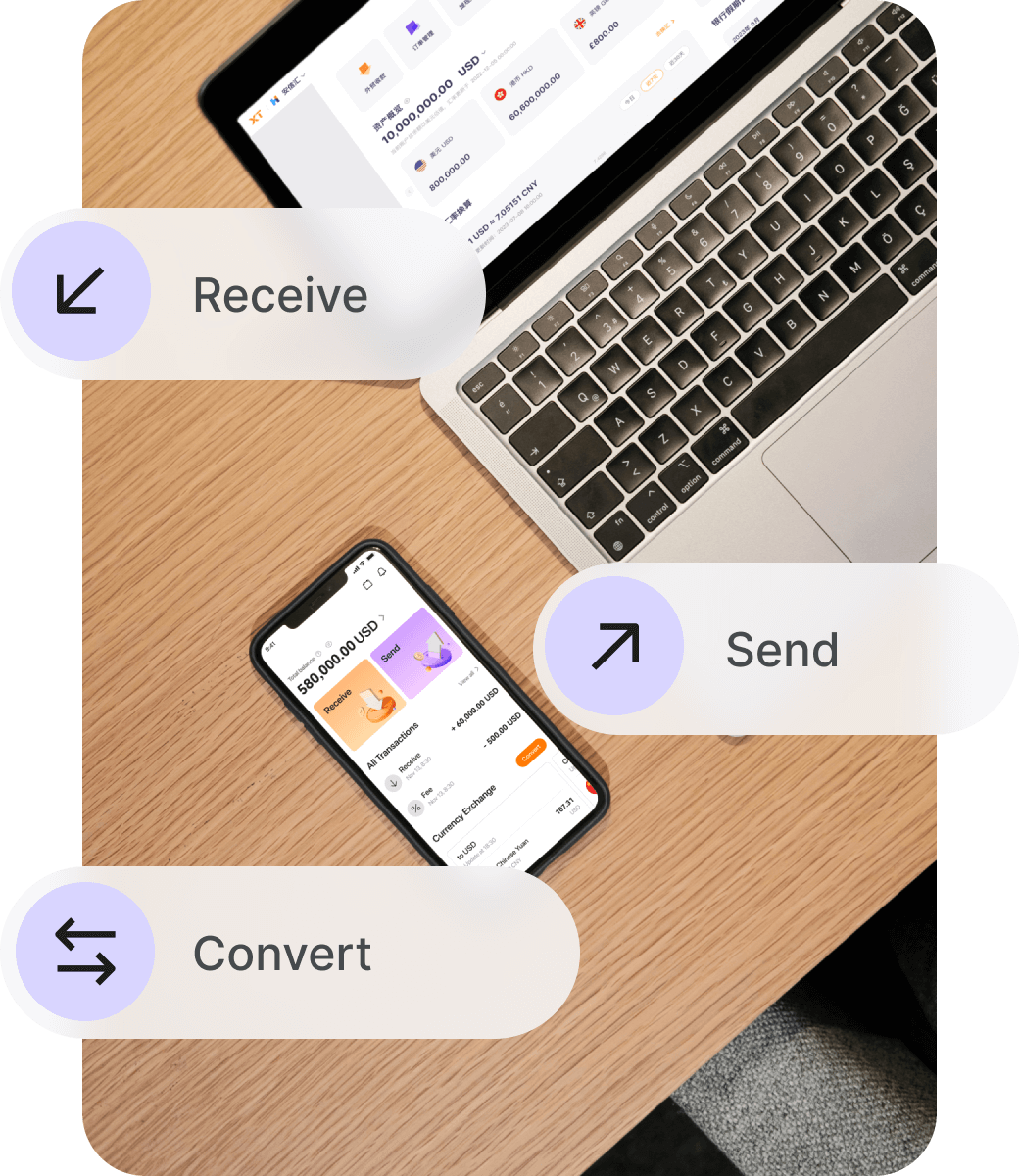SWIFT/BIC code
Everything you need to find the right SWIFT/BIC code for your transfer. Search by bank or country to find the right branch code. Or, if you already have a code, you can use our checker tool to make sure it's correct.
New user special:enjoy free settlement for ¥200,000!

What is a SWIFT code?
New user special:enjoy free settlement for ¥200,000!


What is the purpose of a SWIFT code in international transactions?
How do I find my bank's SWIFT code?

XTRANSFERYOUR CHOICE FOR GLOBAL TRADE PAYMENT
Simplify global payments with competitive FX rates

RMB
****USD
Secure and stable

Lightning fast send and receive

Save Money, Effortlessly

Goodbye to hustle and bustle

Hear what our customers say

I use XTransfer not only to pay my Chinese suppliers, but also to pay and get paid globally. This account alone solves all my needs.
As both an importer and exporter, I\'ve found XTransfer to be invaluable in streamlining my payment processes. It has truly simplified international transactions for my business!
Cash flow has always been a big issue in export. It is secure and compliant to pay suppliers in mainland China through XTransfer, and the money arrives in no time.
XTransfer is safe and compliant. Money arrives in seconds 24/7, which has sped up my trade process. Buyers are more willing to work with me because of that!
XTransfer is not merely an online platform. Its knowledgeable staff are highly supportive in facilitating legitimate money transfer, effectively minimizing the risk of account freezes to zero.
With 20 years in the biometric industry and a global customer base, we\'ve used XTransfer for three years - a fast and convenient solution for payment collection.
FAQ
What is a SWIFT/BIC code?
How can I find my bank's BIC/SWIFT code?
1.Check your bank statement or passbook
2.Visit your bank's website - usually listed under “International Services”
3.Use an online lookup tool, such as XTransfer's SWIFT Code Finder
4.Contact your bank directly for assistance
What is the format of a SWIFT/BIC code?
1.Bank code (first 4 characters)
Contains only letters (A-Z) and is used to identify the bank itself. For example: BKCH represents Bank of China.
2.Country code (characters 5-6)
Uses the two-letter ISO 3166-1 country code to identify the bank's country. For example: CN for China, US for the United States, GB for the United Kingdom, etc.
3.Location code (characters 7-8)
Can be letters or digits and indicates the city or region of the bank. For example: BJ for Beijing, NY for New York.
4.Branch code (characters 9-11, optional)
These three characters are optional and used to identify a specific branch of the bank. For example: 123 for a particular branch. If omitted, the code refers to the bank's headquarters. A full 8-character code like BKCHCNBJ can also be padded to BKCHCNBJXXX to explicitly indicate the headquarters.
When is a SWIFT/BIC code required?
Processing cross-border payments via third-party platforms
Paying overseas suppliers for business transactions
Receiving payments from international clients
In short, any cross-border bank transfer requires the use of a SWIFT/BIC code.
What is the difference between a SWIFT code and a BIC code?
What is the difference between a SWIFT code, an IBAN, and a sort code?
SWIFT code (also known as BIC) is an international bank identifier that uniquely identifies a bank and its branches. Its primary purpose is to ensure that funds are correctly routed to the right bank during international transfers. SWIFT codes consist of 8 or 11 alphanumeric characters, including a bank code, country code, location code, and branch code.
IBAN (International Bank Account Number) is a bank account standard developed by the International Organization for Standardization to uniquely identify a customer's bank account. It consists of a country code, a check digit, and the basic account number. Its length and format vary by country, and its main purpose is to standardize bank account formats across borders to ensure account accuracy in international transfers.Classification code: Usually refers to a code used internally by a bank or within a specific country to differentiate between types of services, branches, or account types. It has a narrower scope and is applied in domestic or internal banking systems, as opposed to globally used SWIFT codes and IBANs.
In short, SWIFT codes identify banks, IBANs identify accounts, and classification codes are mostly for internal use. The three complement each other to ensure accuracy and security in international banking.